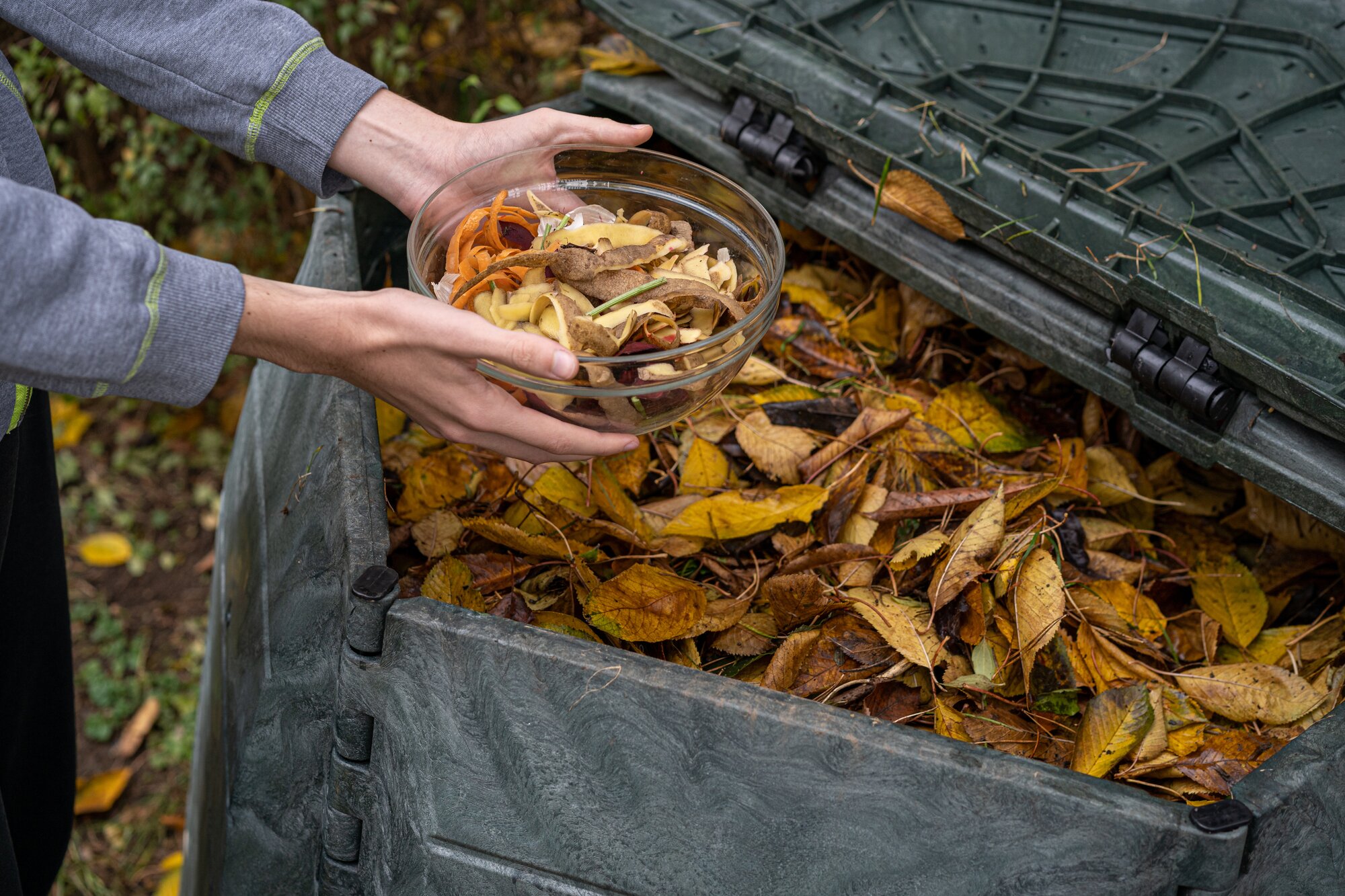6 Survival Uses for Leaves
If you’ve got trees on your property, you know the drill.
First, spring brings those fresh green buds. Then summer fills the branches with thick, leafy shade. And by fall… it’s like nature paints your yard in reds, yellows, and browns.
But then? All those beautiful leaves wind up on your lawn.
And suddenly, the job of raking, bagging, and hauling them away isn’t quite so charming.
Good News: Fallen Leaves Are a Survival Goldmine
Those so-called “nuisance” leaves might be your secret weapon in a crisis. Whether you’re bugging out or hunkering down, these “leaf hacks” can help you stay safer, more comfortable, and even fed.
Let’s dig in…
6 Survival Uses for Leaves
1. Protect Your Feet From Blisters
In a survival scenario, you’re likely on the move — walking, hiking, or standing for long stretches. That means foot blisters.
But if you can find the mullein plant, you’ve got a natural solution.
Its leaves are soft, absorbent, and antibacterial. Tuck them into your shoes for extra cushion. They can even double as napkins or toilet paper in a pinch.
2. Insulate Your Tent & Pad Your Sleep
Spending a night outdoors? Don’t underestimate the power of leaves.
Use them:
- As insulation under your tent or tarp
- As padding beneath your sleeping bag
- As natural bandages if you get cut (plantain leaves are antibacterial and anti-inflammatory — chew one into a poultice, then wrap it with another leaf)
3. Eat, Wrap & Cook With Wild Leaves
In a crisis, food options might be slim. But wild, edible leaves can keep you going.
Some safe options include:
- Dandelion, chickweed, clover, mallow, and plantain — eat them raw, cook them, or use them for tea
- Burdock leaves — wrap food in them to cook over fire, trapping flavor and juices
- Basswood leaves — use them as makeshift plates… or just eat them
4. Supercharge Your Compost Pile
Leaves aren’t just trash. They’re garden treasure — especially during long-term emergencies.
- Just let them rot naturally for a few months
- They’re twice as rich in nutrients as manure
- The leaves of one large tree = $50 in plant food & humus
Shred ’em to speed it up. Best leaves for compost? Maple, elm, ash, cherry, willow, poplar, and linden.

5. Use Them as Natural Mulch
No tools. No chemicals. Just nature doing what it does best.
- Spread dry leaves over your garden beds
- They retain moisture, regulate soil temperature, and suppress weeds
- Over time, they’ll break down and feed your soil naturally
6. Make the Most of Every Leaf
You can also use leaves to:
- Start fires (dead ones catch easily)
- Collect water with bowl-shaped leaves
- Shingle a lean-to — woven together, large leaves can block rain
- Create cordage from fibrous leaves to help build shelter
Nature’s got your back — you just have to know how to use it.
A Low-Smoke Stove That Eats Leaves for Fuel? Yes, Really.
Speaking of clever ways to use leaves…
The StarFire Camp Stove from 4Patriots lets you cook real meals without gas — just toss in sticks, twigs, leaves, or even paper. It’s...
- Lightweight (just 1 lb)
- Boils water in 8–12 minutes
- Perfect for soups, stews, meats… even marshmallows

Top Emergency Essentials
References & Resources:
- National Oceanic and Atmosphere Administration (NOAA): What's the Difference Between a Hurricane Watch and a Warning?
- NOAA: Prediction remains on track for above-normal Atlantic hurricane season
- NOAA: Find your Evacuation Zone
- National Hurricane Center (NHC): Tropical Cyclone Climatology
- NHC: Storm Surge Products
- NHC: How to Use the Cone Graphic
- Ready.gov: Evacuation
- Federal Emergency Management Administration (FEMA): The National Risk Index
- FEMA: Know Your Alerts
- Environmental Protection Agency (EPA): Emergency Disinfection of Drinking Water
- Center for Disease Control (CDC): Keep Food Safe After a Disaster or Emergency
